Anali Perry, a librarian from Arizona State University Libraries, gives a quick definition of a peer-reviewed article.
This 3 minute video from the Peabody Library at Vanderbilt University talks about the differences between popular and scholarly articles. It also mentions trade publications.
In academic publishing, the goal of peer review is to assess the quality of articles submitted for publication in a scholarly journal. Before an article is deemed appropriate to be published in a peer-reviewed journal, it must undergo the following process:
Because a peer-reviewed journal will not publish articles that fail to meet the standards established for a given discipline, peer-reviewed articles that are accepted for publication exemplify the best research practices in a field.
When you are determining whether or not the article you found is a peer-reviewed article, you should consider the following.

|
|
The easiest and fastest way to find peer-reviewed articles is to search the online library databases, many of which include peer-reviewed journals. To make sure your results come from peer-reviewed (also called "scholarly" or "academic") journals, do the following:
Watch this video through to the end. It will show you how to use a library database and how to narrow your search results down to just peer-reviewed articles.